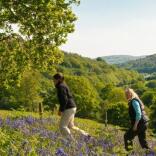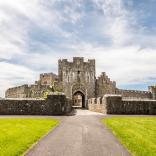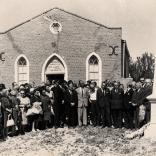If we’re being honest, we’re a little obsessed with our homeland of Wales. This strong bond is evident in everything from our emotive national anthem, Hen Wlad Fy Nhadau (Land of my Fathers), to popular Welsh idioms like “Gwell fy mwthyn fy hun na phalas un arall” (“Better my own cottage than another’s palace”).
And even when Welsh people cross borders and oceans for pastures new, this connection, or, to use the dedicated Welsh term, hiraeth (longing for the place you’re from), typically remains, leading to the formation of Welsh diaspora communities and the creation of Welsh-themed businesses thousands of miles from the green, green grass of home (to paraphrase the nostalgia-soaked hit warbled by Welsh legend, Sir Tom Jones).
As a result, today you can find little pockets of Welsh culture in parts of the globe you’d never expect to stumble across it, from tea shops in Argentina to male voice choirs in South Africa – all offering a traditional taste of Wales in unconventional surroundings.
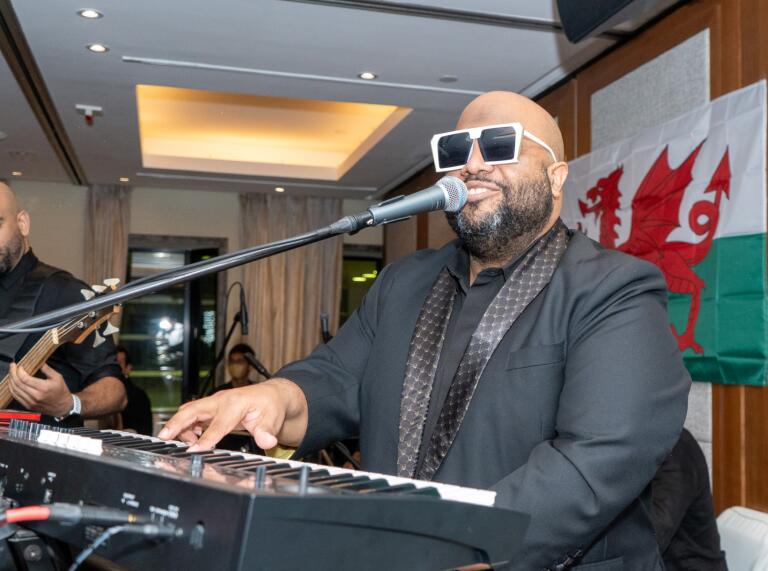
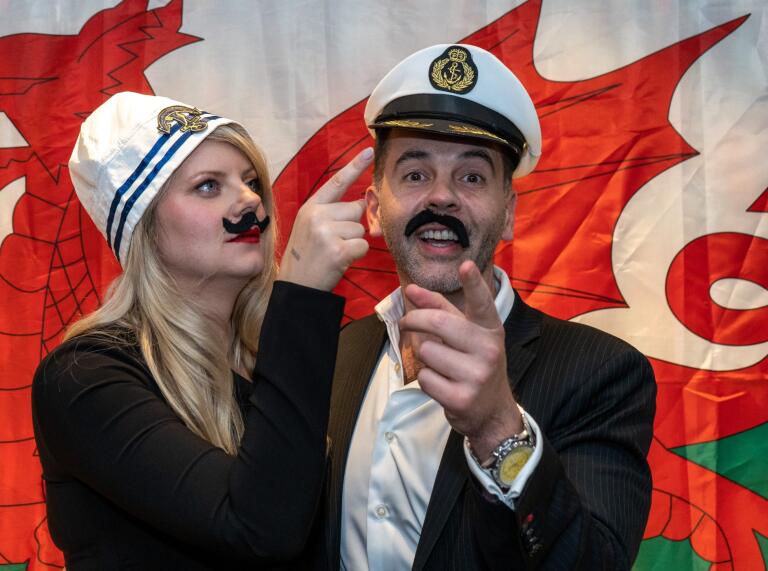
Welsh contingents
Wales may boast a population of just over three million people, but you’ll find groups of Welshies gathering – typically around a screen showing the rugby – in cities across the globe, from Sheffield (Sheffield and District Cambrian Society) to Singapore (The St David’s Society of Singapore).
The Welsh were among the first Europeans to settle in America, and as such, the USA boasts some of the oldest Welsh community groups in the world. The Welsh Cambrian Society of Chicago, for example, dates back to 1853 and still organises a traditional Welsh hymn-singing festival each spring. The city is also home to the younger Chicago Tafia Welsh Society, who have partnered with major businesses in the city during the last few years to light up the city’s skyline in red, green and white (the colours of the Welsh flag) in celebration of St David’s Day.
Both Washington DC and New York City also have active Welsh societies. The former runs Welsh speaking classes, while the latter hosts monthly socials at the Welsh-owned bar, The Liberty. Rather than being based in specific cities, some US diaspora groups span entire states, including the Welsh societies of Colorado, Iowa, Nebraska, Minnesota and Texas.
Meanwhile, in Europe, you’ll find established Welsh social societies in capital cities including Edinburgh and Paris, dating back to 1920 and 1890 respectively.
Further from home, diaspora communities will greet you with a cheery croeso (welcome) in metropolises including Hong Kong, Tokyo and Kuala Lumpur.
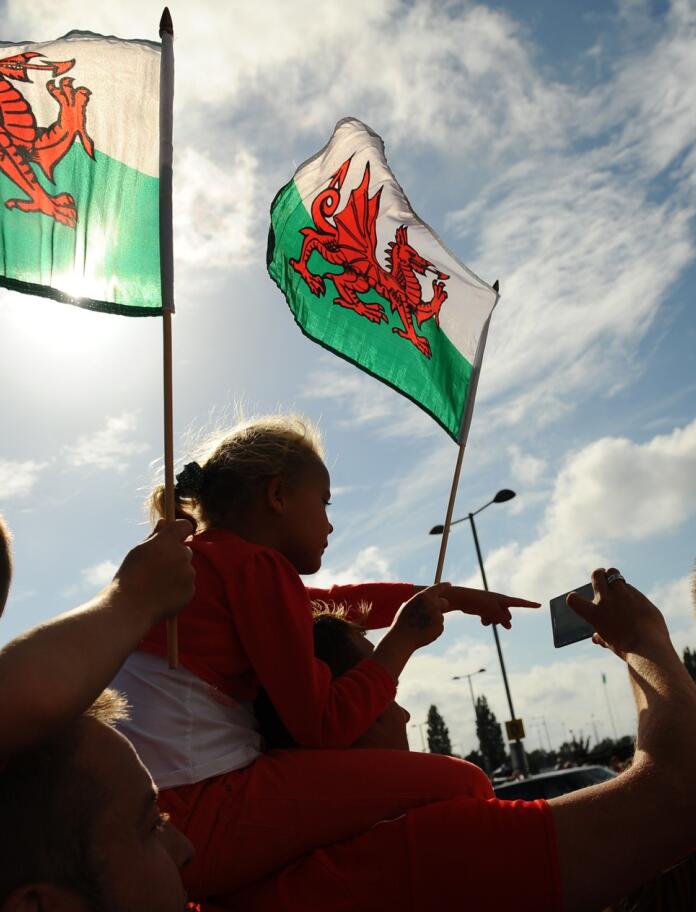
Food and drink
Nothing evokes a sense of home quite like tucking into a local delicacy or sipping a favourite childhood tipple. But anyone seeking to sample a traditional flavour of Cymru might be surprised to find it in southern Argentina.
In 1865, following growing concerns over a perceived anglicisation of Wales, 160 Welsh people set off on a voyage to an area of land in Patagonia that they’d purchased from the Argentinian government. Their aim was to establish a secluded colony that would serve as a safe haven for Welsh culture. The results were mixed, but many links to this ambitious endeavour have endured until today, perhaps most evidently (and endearingly) in the traditional “Welsh cafes” that dot the town of Gaiman. With wooden love spoons adorning the walls and local variations on bara brith (Welsh fruit loaf) on the menu, venues like Plas Y Coed bring an authentic slice of South Wales to South America.
Further foodie forays into Welsh culture are on the menu stateside. Top billing goes to Snowdonia in New York. Named after our highest peak (known as Yr Wyddfa in Welsh), the cool gastropub in the borough of Queens serves up proper Cymru cuisine, including cockle fritters and Glamorgan sausages. Elsewhere, US visitors can sample a sauvignon blanc from AmByth Estate (translating as “forever” in Welsh), a vineyard in California, or enjoy a pint of Big Pit Porter from Iechyd Da (meaning “cheers” in Welsh), a brewery in Indiana.
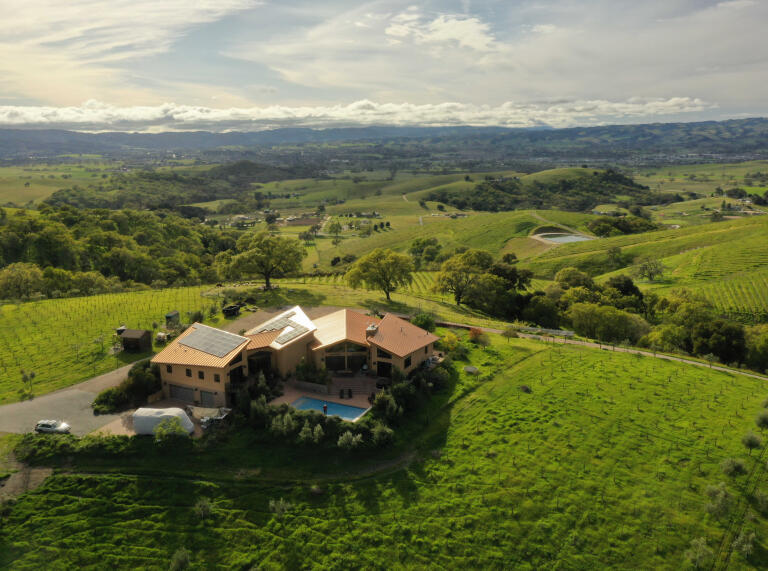
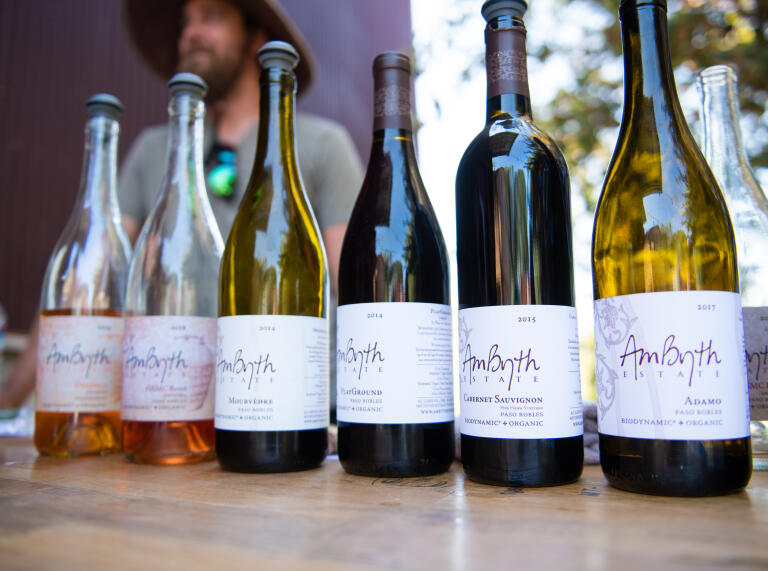
If it’s a traditional Welsh pub atmosphere on foreign soil you’re after, why not call in to The Welsh Embassy in Phnom Penh, Cambodia, run by two gents from Swansea and Caernarfon, or make a quick pit stop at The Welsh Dragon Bar, in Wellington, New Zealand, where flags bearing Y Ddraig Goch (the Red Dragon) cover the ceiling and bottles of Penderyn whisky line the shelves.
Music and events
When it comes to music, little strikes a more Welsh note than a male voice choir in full voice (with the singing groups now recognised as one of the symbols of Wales).
The activity was popularised as a way of building camaraderie – and as a source of free entertainment – for Welsh miners in the early 20th century. Today, however, the magnificent metalliferous tones of Welsh choral groups can be heard ringing out far beyond the Welsh valleys, thanks to dedicated groups in Oxford, London and Dublin, plus Edmonton, in Canada, Sydney, in Australia and Johannesburg in South Africa.
Another cornerstone of Welsh music heritage are eisteddfodau, contest-filled events that celebrate the Welsh language, and champions those who skilfully wield it. There are three major versions held in Wales each year, namely the National Eisteddfod of Wales, Urdd National Eisteddfod (for children and young people) and the International Eisteddfod. However, you’ll also find a well-established Eisteddfod taking place each April at Dr Edwards Memorial Congregational Church in Edwardsville, Pennsylvania. The event, which involves singing contests and piano recitals by both children and adults, has been running since 1889. (Incidentally, it is said the founder of Pennsylvania, William Penn, initially planned to call the area “New Wales”, reputedly due to the fact the region reminded him of the Welsh countryside!)
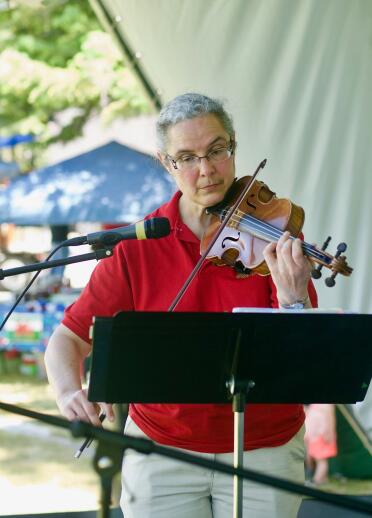
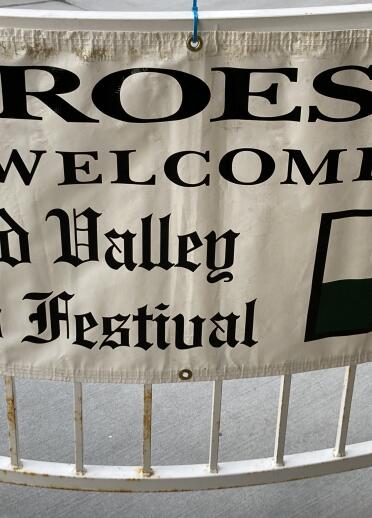
Other annual US festivals promoting and celebrating Welsh culture include Malad Valley Welsh Festival in Idaho, Rockmart Welshfest in Georgia and the North American Festival of Wales, which hops between northern US states and parts of Canada. Across the pond in Europe, there is also the annual Festival Interceltique de Lorient, a performance-packed summer festival in Brittany that celebrates the French region’s ties to the Celtic culture it shares with Wales (along with a handful of other countries and regions).
Museums and cultural centres
Wales is dotted with institutions telling the story of its rich history, from famed venues like St Fagans National Museum of History, showcasing remodelled historic buildings from all over the country, to smaller, quirkier affairs like the National Coracle Centre, which delves into Wales’ connection to an unusual watercraft. But dedicated Welsh-themed museums can be found outside of Wales too.
Standing alongside its cosy Welsh tea houses, the town of Gaiman in Argentina is home to a number of heritage buildings and museums that focus on the early days of the Y Wladfa colony. These include the first house built by a Welshman in the region, preserved inside as it would have looked in the mid-19th century, and an exhibition inside the former Welsh-built railway station, showcasing historical artefacts from the period, ranging from pianos to rifles.
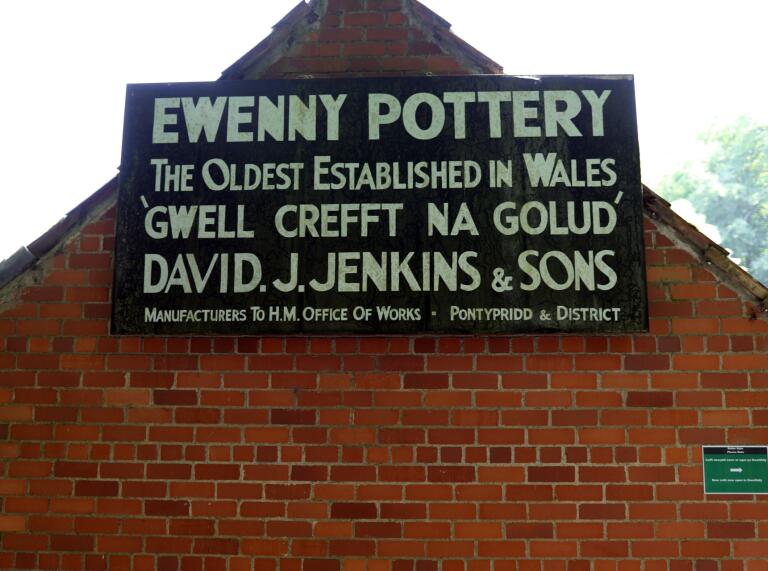
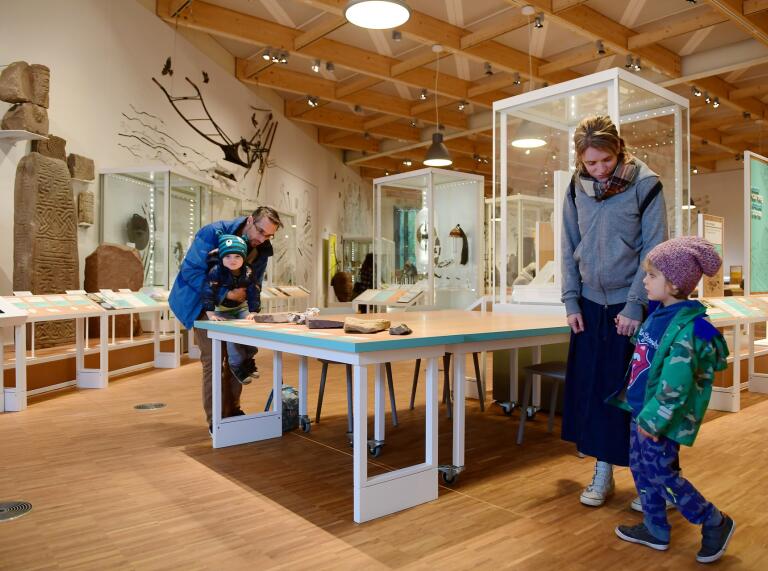
Similar exhibitions focused on the lives of Welsh settlers are on show at the Great Plains Welsh Heritage Centre, Nebraska, which is lovingly run by a team of volunteers (who provide a memorable online tour!). More age-old Welsh structures, meanwhile, can be found in and around the city of Philadelphia, Pennsylvania, including Griffith Morgan House, which was built by a Welsh sailor and dates to the 17th century. The city is also home to the oldest Welsh society in the USA, The Welsh Society of Philadelphia, founded in 1798.
Closer to home, the London Welsh Centre has been a hub of Welsh culture in the English capital since 1920, hosting performances by Welsh musicians and speakers, offering Welsh language lessons, and housing a storied bar that is particularly popular during the annual Six Nations rugby tournament.
Just a short hop across the border from North Wales, Liverpool’s Museum of Liverpool has a number of artefacts relating to the city’s large Welsh population, including a commemorative plate marking a rare outside-of-Wales Eisteddfod that was held in the city in 1929. The city’s Maritime Museum also has a model of the Mimosa, the ship that transported the first group of Welsh passengers to Argentina.

